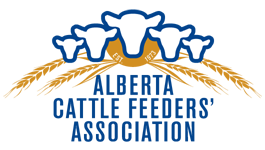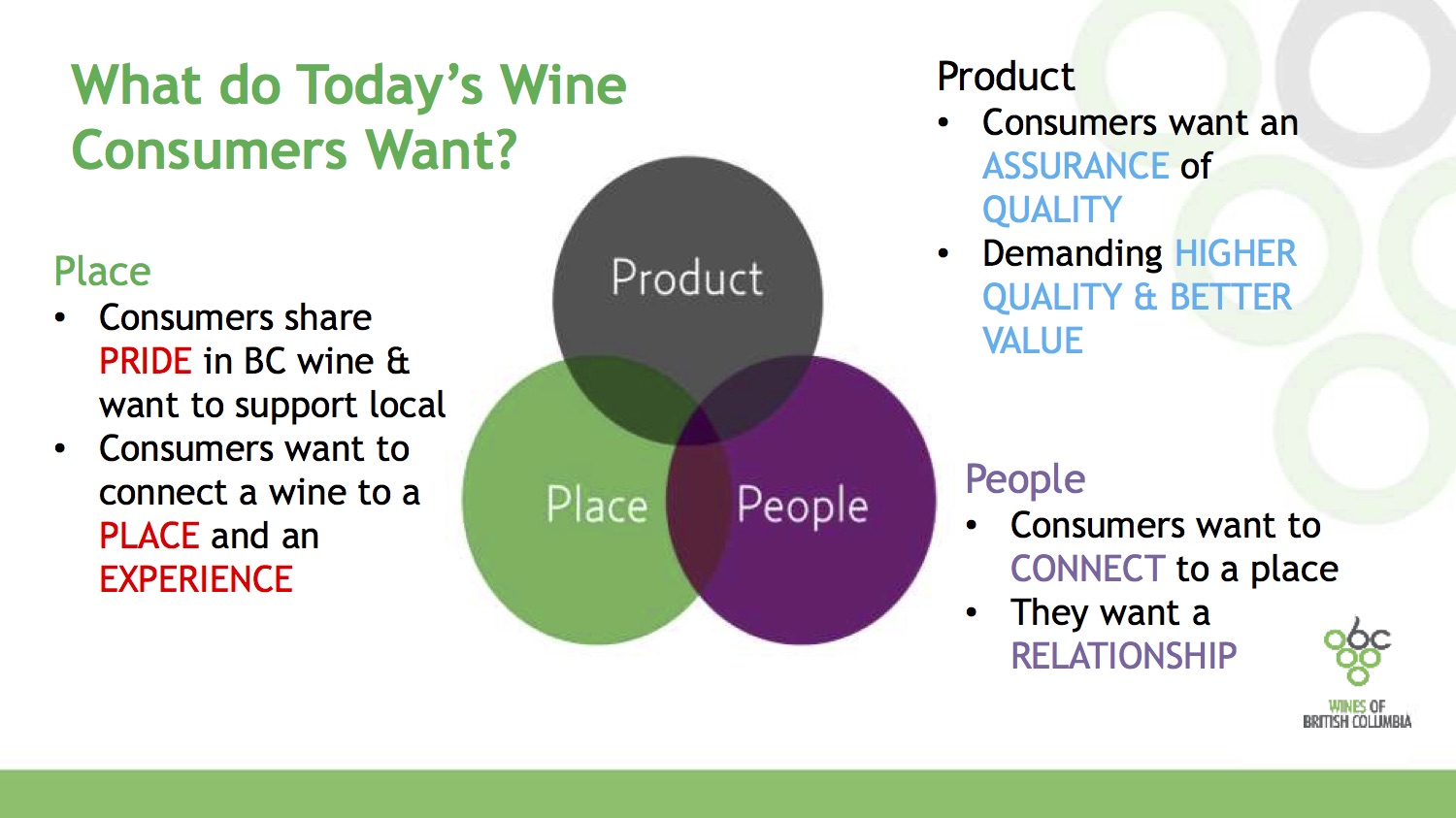Canada’s chief vet works to minimize animal health risks
As a follow up to last week’s report on the recent trade delegation to the 86th general assembly of the the World Organisation for Animal Health (OIE), we talked to the person who led the Canadian delegation.
Dr. Jaspinder Komal is the OIE delegate for Canada, and interim Chief Veterinary Officer (CVO) at the Canadian Food Inspection Agency (CFIA).
Canada’s Chief Veterinary Officer
The CVO leads the CFIA’s efforts to ensure the Canadian animal health community and veterinary infrastructure are prepared to respond to foreign, emerging and future animal health risks.
Most notably, the CFIA’s animal health programs are designed to achieve the following:
- Prevent and manage food safety risks
- Prevent and manage animal and zoonotic diseases (those that can be transmitted between animals and people)
- Contribute to consumer protection
- Facilitate market access for Canada’s animals, and food of animal origin
“In collaboration with industry, consumers, and federal, provincial and municipal organizations, the CFIA continues to work towards protecting Canadians from preventable health risks related to food and zoonotic diseases,” said Dr. Komal. “Animal diseases can have widespread impacts on everything from the economy to public health,” said Dr. Komal. “So, we’re simultaneously managing the health of the animals and food safety for people.”
Chief delegate to the OIE
Canada’s minister of Agriculture nominates a delegate to support the OIE’s work in developing international standards for managing diseases and helping promote the safe trade of animals and animal products. As head of the animal health program in Canada, the CVO is typically selected to be the delegate.
“Because I am familiar with the animal health programs in Canada, I am well placed to consult in the development of standards, and their incorporation into Canadian animal health regulations and programs,” said Dr. Komal.
Outside of the OIE General Assembly, Canada also works extensively with the OIE to develop and update OIE standards, fund capacity-building initiatives, and provide scientific experts for OIE ad hoc and permanent working groups and other advisory groups.
During this year’s general assembly, Dr. Komal, was elected to the OIE Regional Commission for the Americas as secretary general and, in this capacity, is actively engaged in the governance of the activities of the region, such as planning their next conference.
Early career in eastern Canada
Dr. Komal graduated from the Faculté de médecine vétérinaire at the Université de Montréal in Saint-Hyacinthe, Quebec, with a degree in Veterinary Medicine and a post-graduate degree in Veterinary Microbiology. He began his veterinary career specializing in small animals in a practice in the Eastern townships of the province of Quebec.
In 1994, Dr. Komal joined the CFIA as a Veterinary Inspector as well as a Laboratory Supervisor in the provinces of New Brunswick and Prince Edward Island. In 2000, Dr. Komal and his family moved to Ottawa where he held various positions of increasing responsibility within the CFIA and other departments such as Agriculture and Agri-Food Canada (AAFC) and Health Canada.
He lives in Ottawa with his wife and two grown children. He loves to exercise and describes himself as a health junkie. “I go to the gym, I play volleyball once a week and in the summertime I play golf,” he said. “I also spend a lot of time in community service, volunteering on the weekends.”


